Freddie Robins is a Senior Tutor for Knitted Textiles and Reader in Textiles at the Royal College of Art (RCA) in London. She is known for her subversive knitting and embroidery which explore dark themes including violence, murder, pain, and loss – often with an unexpected humorous twist.
She recently converted a nearly 500-year-old barn into a home and studio, and enjoys making use of surplus or donated materials to create new pieces of art.
In this interview, Freddie Robins shares her passion for teaching and creating three-dimensional forms through knitting, and explains why her work perfectly captures the most grisly of murders.
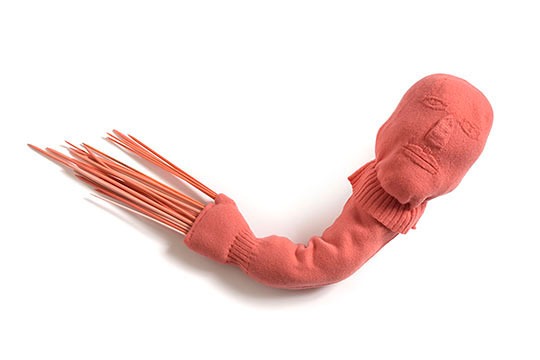
The best place in the world to study textiles
TextileArtist.org: What or who were your early influences and how has your life/upbringing influenced your work?
Freddie Robins: My godmother, Pamela Darking. She taught me many different needle skills being a fantastic needlewoman herself. When I was a child, she made many of my clothes, often copying things that I had seen in magazines and shops. She would make the same things in a smaller size for my favourite doll, Amanda. I still have Amanda and her full set of clothes. She stands in a large glass cabinet and is currently wearing a 1970s cheesecloth shirt, patchwork skirt and handmade sandals.
What was your route to becoming an artist?
I studied Foundation Art & Design in Hastings (now Sussex Coast College Hastings), then Constructed Textiles, specializing in Knitted Textiles at Middlesex Polytechnic going straight on to the Royal College of Art, again specializing in Knitted Textiles. My tutor at both Middlesex and the RCA was the indomitable John Allen. He was the most supportive tutor, allowing everyone to develop along their own path. One of the reasons that I teach myself is because I was fortunate enough to have exceptional tutors when I was a student. I am now back at the RCA as Senior Tutor for Knitted Textiles and Reader in Textiles. It was, and still is, the best place in the world to study Textiles.
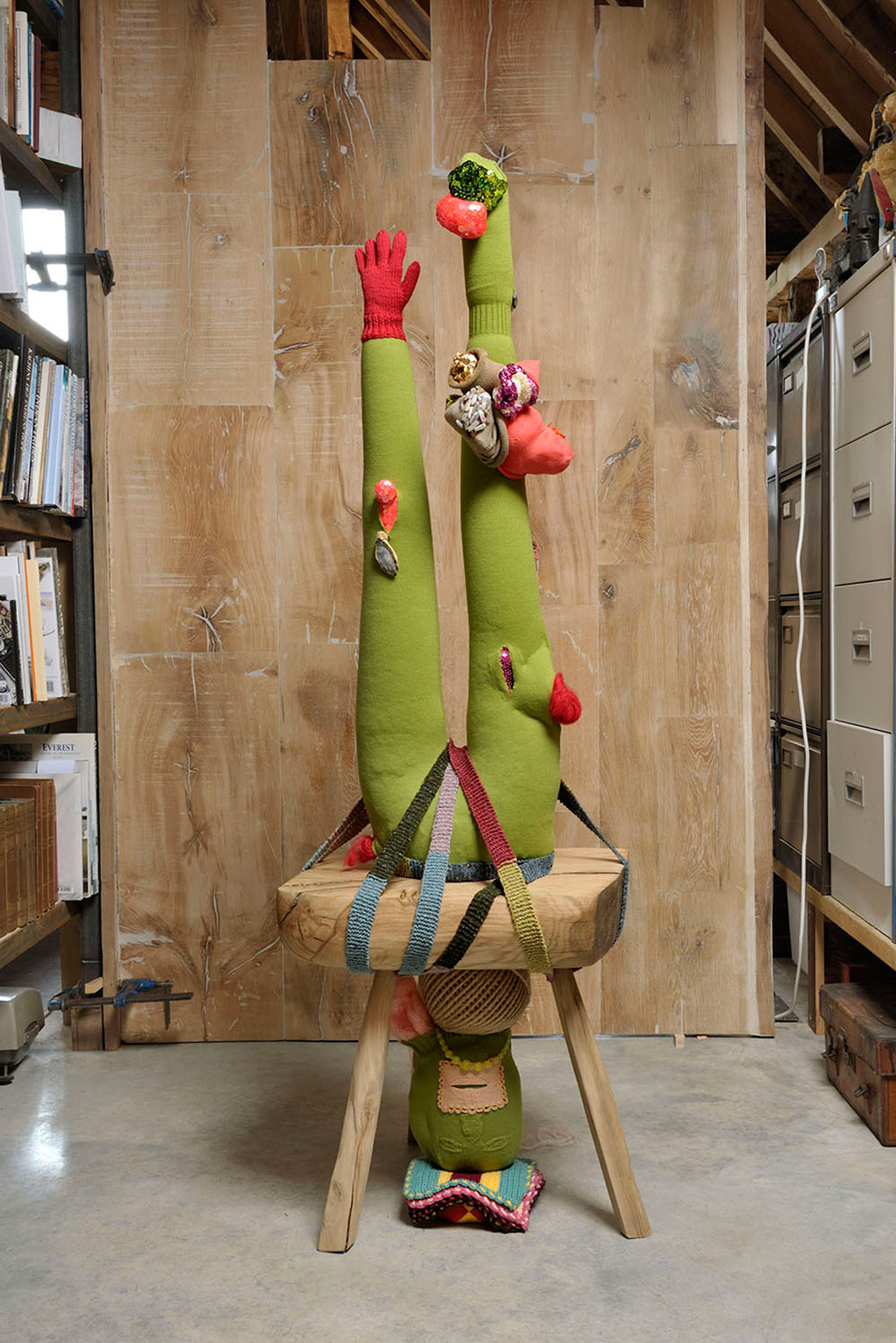
In a studio knitting alone
What is your chosen medium and what are your techniques?
Knitting; hand, domestic machine and digital, automated machinery.
I love knitting because by passing a length of fibre between two sticks, or across a bed of needles, you can create a piece of fabric or a three-dimensional form. Witchcraft!
How would you describe your work and where do you think it fits within the sphere of contemporary art?
I use knitting to make non-functional objects. In other words, sculptures. I trained as a designer with a strong emphasis on the craft and skill of knitting but my current work sits pretty firmly within the sphere of contemporary art.
Knitting has long held associations with women, practicality, comfort, and warmth. Women’s busy fingers never resting, justifying sitting down and watching TV, or more recently a fashionable activity to undertake in public, social settings; Stitch ‘n Bitch clubs and Yarn Bombing. I do none of these things. I spend my time in a studio knitting alone, dedicated and designating time to knit – knitting inherently useless things.
Knitting is my way of interpreting, communicating and coming to terms with the world that I inhabit. It sits between me and my internal world, and the physical world around me, like some form of knitted comfort or rather discomfort blanket. My knitting practice questions conformity and notions of normality. I use knitting to explore pertinent contemporary issues of the domestic, gender and the human condition. My work subverts these preconceptions and disrupts the notion of the medium being passive and benign.
Tell us a bit about your process and what environment you like to work in.
I like to work alone in my studio with the radio on. I have a very large studio at home but it is separated from the living space. I don’t like anyone coming into my creative space when I am working – no one! I also tend to spend too much time dealing with admin, like answering these questions. Words increasingly fill my head and life. Words are so dominant. I find they detract from my creative practice. The best time for me to get down to work on my creative practice is in the afternoon through to evening. I often go back into my studio at night when my daughter is asleep.
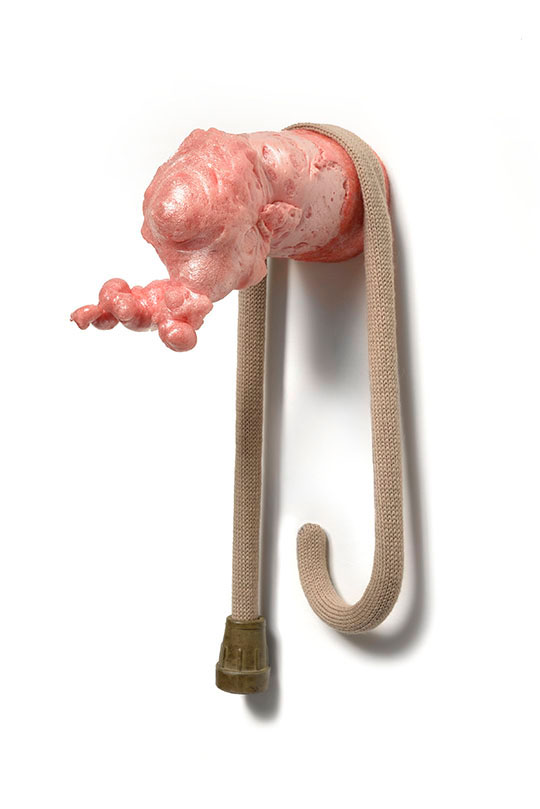
A strong affinity with four French female artists
Do you use a sketchbook?
I do, but not as often as I intend to. I mainly use them to record ideas so that they don’t get lost in my overloaded life. I did promise to work in one for an hour per day but have not kept my promise.
What currently inspires you and which other artists do you admire and why?
I have a strong affinity with four French female artists; Annette Messager, Sophie Calle, Marie-Rose Lortet, and Louise Bourgeois. I went to one of Louise Bourgeois’ last weekly salons at her home in New York and was once in the same exhibition as her. Our work was installed next to each other and images of these works were printed on opposite pages in the exhibition catalogue. When you closed the book the works “kissed.”
I also love the work of Frida Kahlo and have seen countless exhibitions of her work. I even travelled to Mexico to see her childhood home, the Blue House, and the modern house that she and her husband, Diego Rivera, commissioned. They had two separate homes joined by a bridge. Sounds idyllic but I wouldn’t bother with the bridge!
I respond to these artists and their use of materials and exceptionally strong identity of practice.
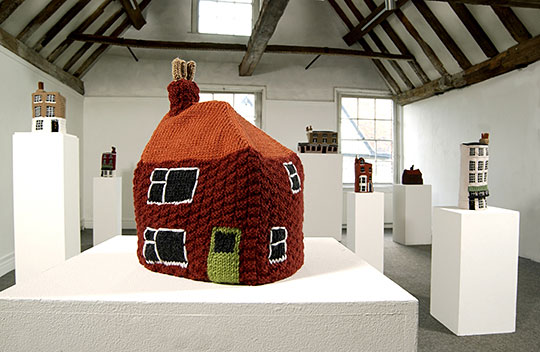
“A very skilled and fast knitter”
Tell us about a piece of work you have fond memories of and why.
My favourite piece of work, the piece that I think is most successful, both technically and conceptually, is Knitted Homes of Crime. This work is comprised of seven hand-knitted tea cosies in the form of houses. But these are not the sweet, benign objects that they appear to be. These are the homes of female killers or the houses where they committed their crimes. When someone commits a heinous crime, such as murder, they are damned, and when a women commits it she is doubly damned, once for committing the crime and once for going against her sex. Women are supposed to be nurturing and life giving. The murderers that I used are all women that killed alone, women that killed without the participation of a man.
When I exhibit these works I also include text, which tells the stories of the murders and the amount of time it took to knit the houses. The inspiration for the forms came from my collection of vintage and contemporary knitting patterns and knitted objects. I have a number of knitted tea cosies representing quaint, stereotypical country cottages. The idyllic country home. My knitted tea cosies are true representations of the houses in question. I found some photographs of the houses in books, others I had the addresses for and went and photographed them. I then made knitting patterns from the photographs.
As with many of my hand knitted pieces, this piece was knitted by someone else, in this case Jean Arkell. I sampled and wrote the patterns and then got Jean – a very skilled and fast knitter – to make them. The pieces were then returned to me and I embroidered the detail and made them up into the finished cosies. We made one house per month for 7 months. We worked by post with me also sending the story of the crime along with the pattern and yarn. I am very aware of the undervaluing of anonymous skilled labour and always fully credit and pay anyone whose skill and hands I use in the production of my work. This includes credits on gallery labelling and in printed catalogues.
Craft Kills is a close second and the piece that is most requested for images in magazines and books and for loans to exhibitions. I would love to sell this piece just so that I don’t have to be continually packing it off for exhibition.
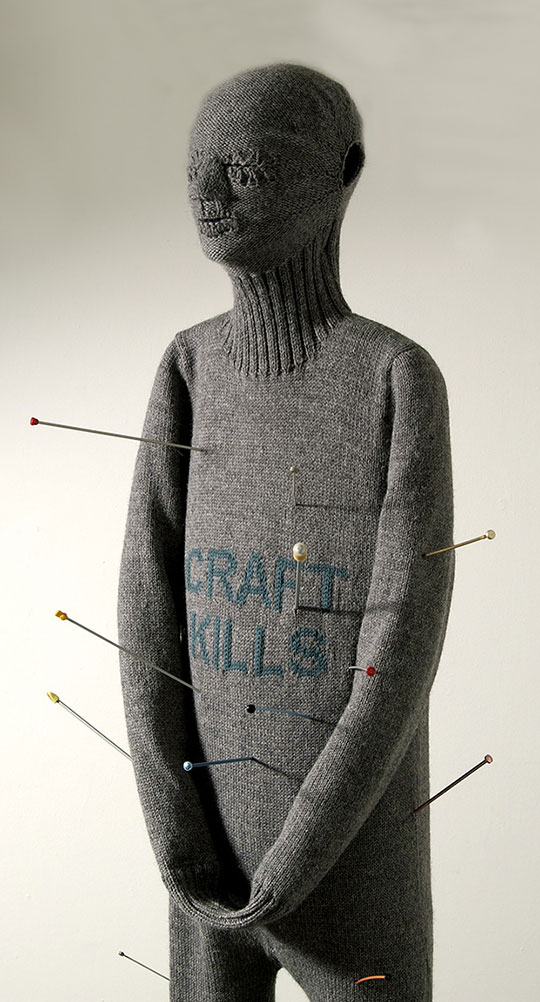
How has your work developed since you began and how do you see it evolving in the future?
When I first began I made technically challenging work. I have moved away from making such complex works and have developed a new expedient approach to making. I have to make and resolve the work with what is to hand. My recent materials are all my samples and surpluses, things donated, inherited and found. In 2007, I completed a research project (funded by the Arts and Humanities Research Council), which also left me with a large quantity of waste material in the form of knitted bodies. My new body of work makes use of this excess. I am working with what I already have instead of deciding what I want to make and then choosing and buying new materials.
Taking this stuff as my starting point and holding current concepts and themes in mind, I am working spontaneously with my materials. Enjoying the release from preplanned, designed work I am knitting, crocheting, embroidering, sewing and pinning onto the knitted bodies and body parts. The bodies and body parts are made three-dimensional by filling them with expanding foam. A process that gives them form, enabling them to stand, but adds little weight. They remain visually light contrasting with the dark themes that I am exploring.
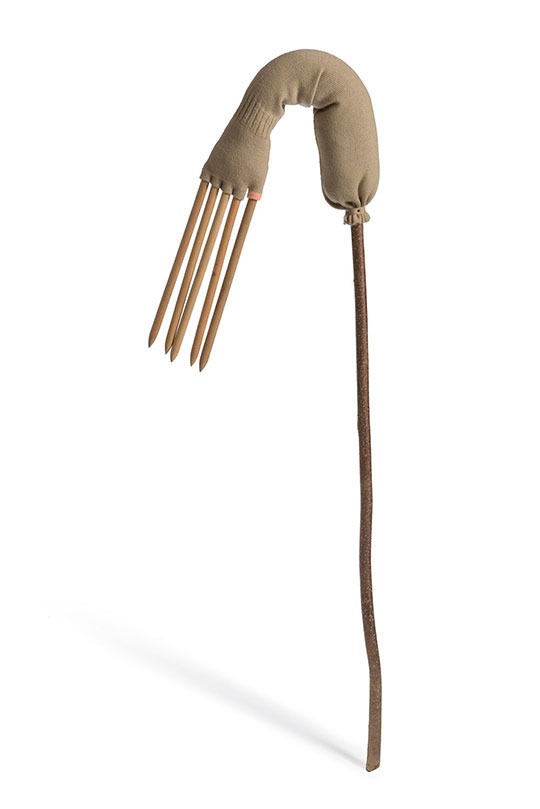
A constant inspiration
What advice would you give to an aspiring textile artist?
I am a big advocate of education. Go and study textiles. Study to the highest level that you can afford to. Beg, steal or borrow the money to do so but do pick your courses carefully. They vary enormously. Find out who is going to teach you. What are the graduates from the course doing? You want a good education but you also want to be surrounded by other students who share your passion and ambition.
It takes time and integrity. You do have to have something to say and be competent enough to say it through your chosen material and process.
Any creativity needs feeding. Don’t starve yourself of inspiration or time. It takes a long time, a lot of commitment and determination. According to Richard Sennett, it takes 10,000 hours of practice to master a skill. Take creative risks. Don’t be scared to fail the first couple, or even more, times. I have failed a fair bit. At the time, it’s disappointing and frustrating but it doesn’t matter in the long run.
Be true to yourself and your creative voice. Integrity is everything.
Can you recommend 3 or 4 books for textile artists?
My favourite book is Leviathan by the American writer Paul Auster . It is not related to textiles but he weaves multi-layered stories, and this one features the artist Sophie Calle. I am in awe of his writing, finding him a constant inspiration. Again, he has a very strong voice and has honed his craft. He is a master of the written word.
Other titles I would recommend are the following. They all contain my work but I would be an idiot not to do some self-promotion here.
- Strange Material – Storytelling Through Textiles , Leanne Prain, Arsenal Pulp Press, Vancouver, 2014, ISBN 978-1-55152-550-1
- In the Loop: Knitting Now , edited by Jessica Hemmings, Black Dog Publishing, London 2010, ISBN 978-1-906155-96-4
- Contemporary Textiles: the fabric of fine art , edited by Nadine Kathe Monem, Black Dog Publishing, London 2008, ISBN 978-1-906155-29-2
- KnitKnit: Profiles + Projects from Knitting’s New Wave , Sabrina Gschwandtner, Stewart, Tabori and Chang, New York, 2007ISBN 978-1-584-79631-2
- Radical Lace & Subversive Knitting (catalogue), Museum of Arts & Design, New York, 2007, ISBN 1-890385-12-3
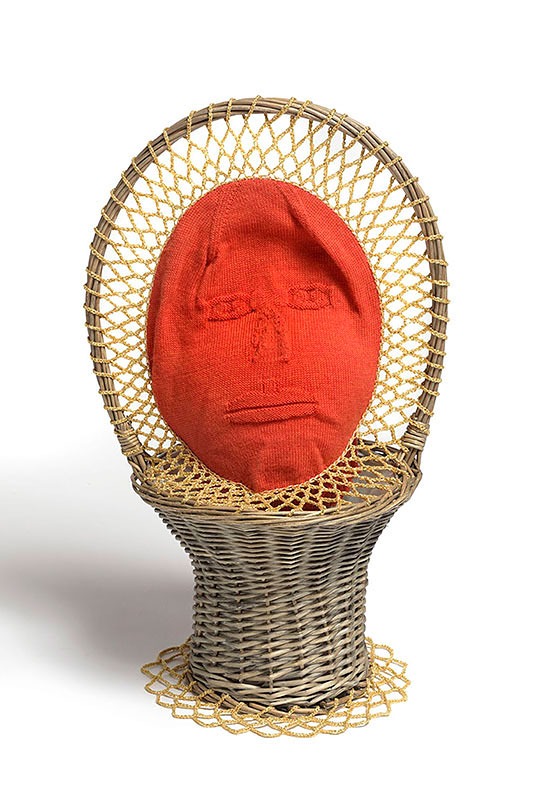
A variety of types of spaces
What other resources do you use?
I go to a large number of exhibitions, spend too much time on the internet, especially eBay, and dip in and out of Twitter.
I love magazines but am too mean to buy many. I do have a diverse range of subscriptions:
The Tate and RA magazines also come through our letterbox.
One of the benefits of teaching is that you learn as much from your students as they learn from you. My students are a great resource.
What piece of equipment or tool could you not live without?
My hands and eyes.
Do you give talks or run workshops or classes? If so, where can readers find information about these?
I rarely give public talks and almost never workshops. My teaching position takes up all the energy that I have for other people. When I’m not at the RCA I like to be alone in my studio.
How do you go about choosing where to show your work?
I rarely get to choose. I am usually invited to show by a curator, gallery or museum. I like to show in a variety of types of spaces but my work does work best when shown in a neutral environment without too much visual noise. I guess what I am most concerned about is the work being seen. I do not want to show where there is no audience.
Where can readers see your work this year?
As always, I am exhibiting too much. I still haven’t learnt to say no despite having a sign above my computer saying, “Say NO!”
- Knit, Cartwright Hall Art Gallery, Lister Park, Bradford, West Yorkshire
25 February – 23 August 2015 - Yan Tan Tethera
Walford Mill, Stone Lane, Wimborne, Dorset
6 June – 12 July 2015 - Liberties
Collyer Bristow Gallery, 4 Bedford Row London, WC1R
2 July – 21 October 2015
Visitors must make an appointment to view by calling 020 7242 7363 - What do I have to do to make it OK?
Pump House Gallery, Battersea Park, London, SW11
26 August – 1 November 2015 - Sluice_art Fair 2015
Showing with The Essex Embassy from the Blackwater Polytechnic
Bargehouse, Oxo Tower Wharf, Bargehouse Street, South Bank, London SE1
16 – 18 October 2015
I regularly post this information in the news section of my website.
Also don’t forget to see the MA Textiles graduate exhibition at the Royal College of Art this summer. Show RCA 2015 runs from 25 June – 5 July Open 12 – 6pm (closed 3 July) at The Royal College of Art, Kensington Gore, London SW7 2EU. Entrance is free.
Keep up to date with Freddie Robins by visiting: www.freddierobins.com
Did you enjoy spending some time with Freddie? If so, please share this interview on social media.
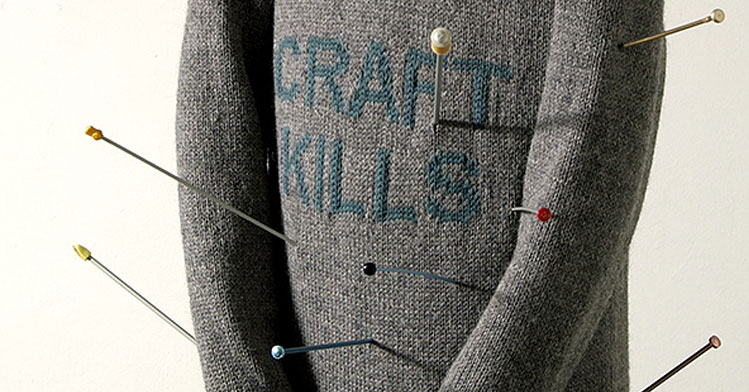

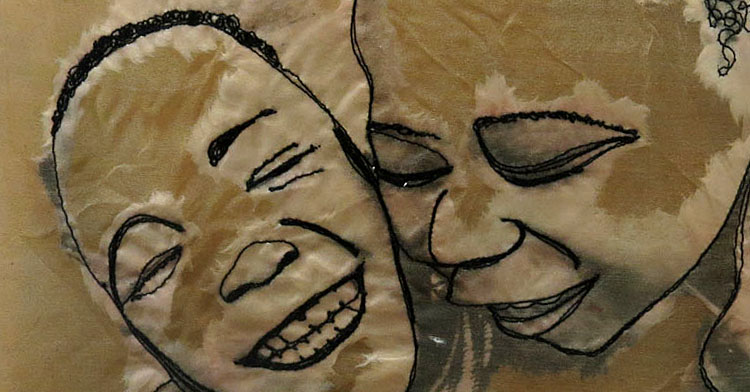
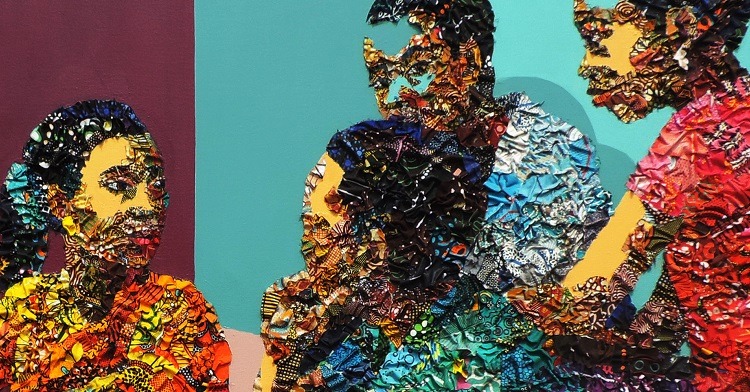
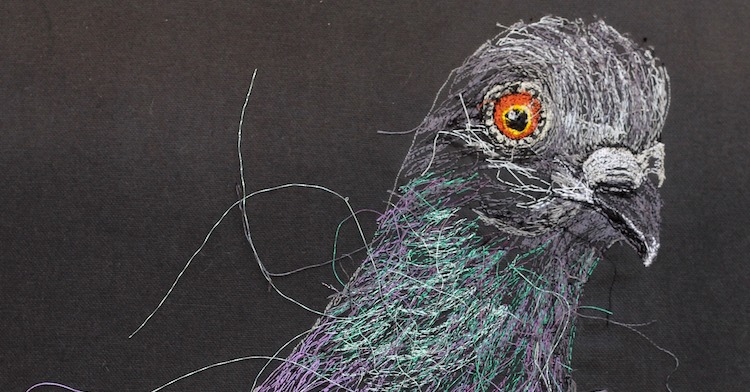
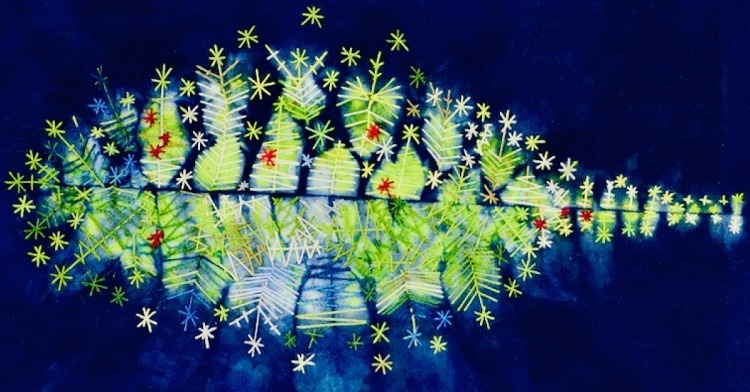
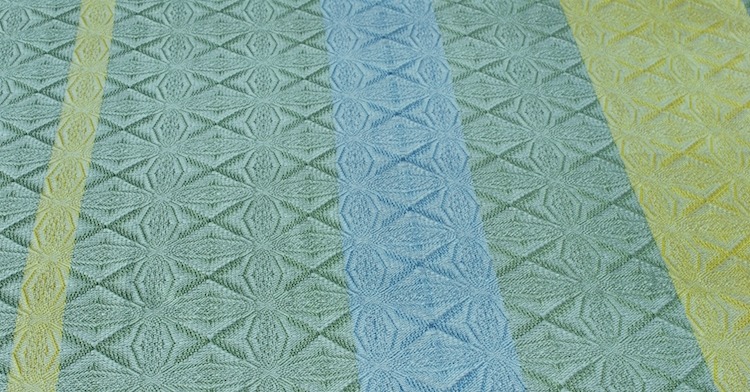
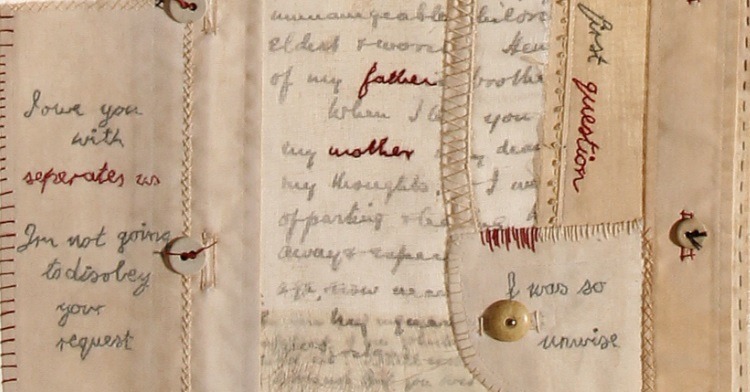
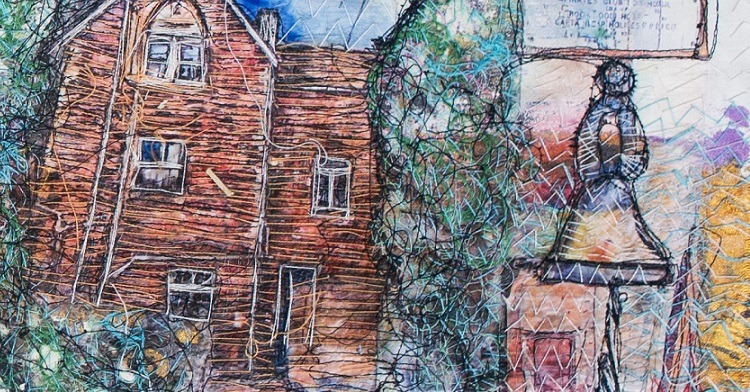
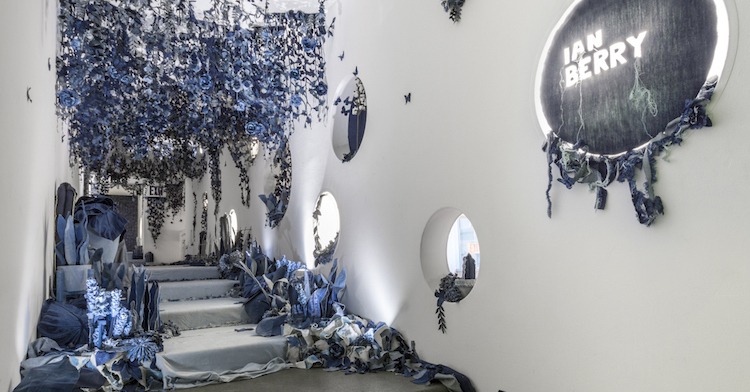
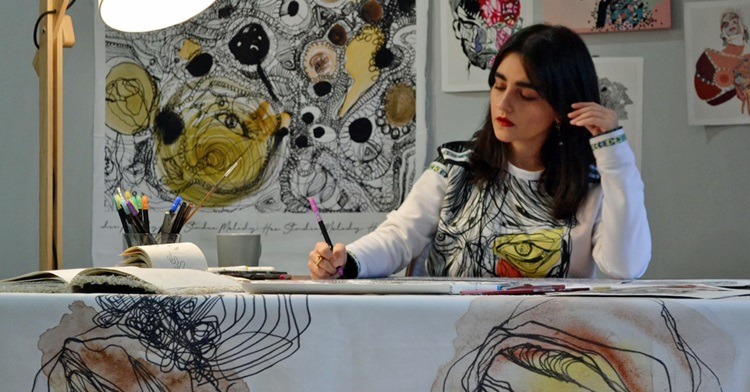
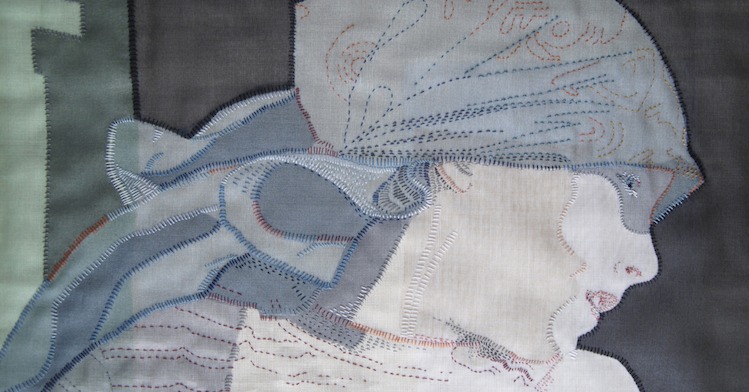
Comments